Sourav Pan
Transcript
Galactose has the molecular formula C-6-H-12-O-6, identical to glucose.
Galactose is a hexose sugar, meaning it contains six carbon atoms. It’s a monosaccharide, or simple sugar.
The chemical structure of galactose consists of a six-carbon ring. Let’s examine its structure.
The six carbon atoms are arranged in a ring structure, numbered from 1 to 6.
Each carbon has attached hydroxyl groups, which are important for the molecule’s chemical properties.
The key structural difference between galactose and glucose is at the C-4 position. In galactose, the hydroxyl group at C-4 has a different orientation compared to glucose.
In glucose, the hydroxyl group at C-4 points downward, while in galactose, it points upward. This small structural difference significantly affects the properties and metabolism of galactose.
This structural difference is crucial in distinguishing galactose from other monosaccharides and influences its biochemical behavior.
Galactose exists in multiple isomeric forms that interconvert in solution.
The open-chain form has a linear structure with a carbonyl group at carbon 1 and hydroxyl groups on the remaining carbons.
In solution, galactose primarily exists in cyclic forms. The most common is the pyranose form, which has a six-membered ring.
The pyranose ring forms when the carbonyl oxygen at carbon 1 reacts with the hydroxyl group at carbon 5.
Galactose can also form a five-membered furanose ring, though this is less common in biological systems.
In biological systems, these different forms have important implications.
An equilibrium exists between these forms in solution, with the pyranose form predominating due to its greater stability.
Different isomeric forms have different reactivity profiles, and enzymes often recognize and process specific forms selectively.
Galactose, like other monosaccharides, exists in different anomeric forms that differ in the configuration of the hydroxyl group at the anomeric carbon.
The anomeric carbon is the carbon atom adjacent to the oxygen atom in the ring, labeled as C1 in galactose.
Galactose can exist in two anomeric forms: alpha galactose and beta galactose. The key difference is the orientation of the hydroxyl group at the anomeric carbon.
In alpha galactose, the hydroxyl group at C1 is positioned below the ring plane, while in beta galactose, it extends above the plane.
A phenomenon called mutarotation occurs when galactose is dissolved in water. This is the spontaneous interconversion between alpha and beta forms.
At equilibrium in solution, about thirty-six percent of galactose exists in the alpha form, while sixty-four percent is in the beta form.
The different anomeric forms of galactose have important biological implications.
Enzymes often show specificity for either the alpha or beta form, meaning they can only catalyze reactions with one specific anomer.
The anomeric form determines the type of glycosidic linkage that forms when galactose connects with other sugars in polysaccharides and glycoproteins.
Cell surface receptors may recognize and interact differently with alpha versus beta galactose, affecting biological recognition processes.
Galactose metabolism is the biochemical process that converts galactose to glucose-6-phosphate.
This metabolic conversion is essential because galactose cannot be directly utilized in glycolysis for energy production.
Galactose metabolism primarily occurs in the liver, specifically in the cytoplasm of liver cells called hepatocytes.
Once converted to glucose-6-phosphate, this molecule can then enter glycolysis, the metabolic pathway that generates ATP energy for cellular functions.
The conversion of galactose to glucose-6-phosphate is necessary because galactose cannot directly enter glycolysis. This process primarily occurs in liver cells, enabling energy production from dietary galactose through a series of enzyme-catalyzed reactions.
The Leloir pathway is the primary mechanism for galactose metabolism in humans.
It was discovered by Luis Federico Leloir, who was awarded the Nobel Prize in Chemistry in 1970 for his work.
The pathway serves a crucial role in converting galactose, found in dairy products, into glucose that can be used for energy production.
The Leloir pathway has several important functions in human metabolism.
First, it’s the primary mechanism for utilizing galactose from our diet. Second, it’s essential for metabolizing dairy products, which are rich in galactose. Third, it efficiently converts galactose to glucose for energy. And finally, deficiencies in this pathway lead to various forms of galactosemia.
The Leloir pathway consists of several enzymatic steps.
These include phosphorylation by galactokinase, conversion to UDP-galactose by galactose-1-phosphate uridylyltransferase or GALT, epimerization to UDP-glucose by UDP-galactose-4-epimerase or GALE, and finally recycling of UDP-glucose and entry of glucose into glycolysis.
The key enzymes in this pathway are galactokinase, galactose-1-phosphate uridylyltransferase, commonly known as GALT, and UDP-galactose-4-epimerase, or GALE.
Each of these enzymes catalyzes a specific step in the conversion of galactose to a form that can enter glycolysis.
Understanding this pathway is critical for comprehending disorders of galactose metabolism like galactosemia.
The first step in the Leloir pathway involves the phosphorylation of galactose by the enzyme galactokinase, known as GALK.
Galactokinase is an enzyme that catalyzes the transfer of a phosphate group from ATP to galactose.
In this reaction, ATP serves as the phosphate donor, providing the energy needed for the phosphorylation.
This reaction transfers a phosphate group from ATP to the hydroxyl group at the first carbon position of galactose, forming galactose-1-phosphate and releasing ADP.
Let’s examine the significance of this phosphorylation step.
The phosphorylation of galactose serves several important functions.
First, it traps galactose inside the cell, as the phosphorylated form cannot cross the cell membrane.
Second, it activates galactose for the subsequent reactions in the Leloir pathway.
Third, this phosphorylation prepares galactose for the transfer reaction with UDP-glucose in the next step of the pathway.
To summarize, the galactokinase reaction can be represented by this equation, where galactose and ATP react to form galactose-1-phosphate and ADP.
This phosphorylation is the essential first step that begins the metabolic processing of galactose through the Leloir pathway.
In Step 4 of the Leloir pathway, we focus on how UDP-glucose is regenerated to continue the metabolic process.
The Leloir pathway forms a cyclical process where several key molecules and enzymes work together to metabolize galactose efficiently.
In the previous step, GALE converted UDP-galactose to UDP-glucose through epimerization.
Now, this UDP-glucose can re-enter the GALT reaction. GALT transfers a UDP group from UDP-glucose to galactose-1-phosphate.
Meanwhile, new galactose enters the pathway through galactokinase, which phosphorylates it to galactose-1-phosphate, continuing the cycle.
This regeneration step creates a continuous cycle where UDP-glucose is constantly recycled, allowing efficient processing of galactose without constantly synthesizing new UDP-glucose.
This cyclical nature of the Leloir pathway is a perfect example of metabolic efficiency. The body conserves energy by recycling UDP-glucose rather than creating it from scratch for each molecule of galactose processed.
The regeneration of UDP-glucose represents a key metabolic advantage, allowing for conservation of cellular resources while maintaining efficient galactose processing.
This regeneration step completes our understanding of the core Leloir pathway cycle for galactose metabolism.
In the final steps of galactose metabolism, we focus on the conversion of glucose-1-phosphate to glucose-6-phosphate.
Glucose-1-phosphate, produced from the previous GALT reaction, requires further processing to become metabolically useful.
The enzyme phosphoglucomutase catalyzes this critical conversion.
The reaction produces glucose-6-phosphate, a key intermediate in carbohydrate metabolism.
Let’s examine how this enzyme works. Phosphoglucomutase transfers a phosphate group from the first carbon to the sixth carbon position of the glucose molecule.
Glucose-6-phosphate is the gateway to multiple metabolic pathways. This is why the conversion from galactose is so important.
Primarily, glucose-6-phosphate can enter glycolysis, where it’s broken down to produce energy in the form of ATP.
Alternatively, it can be used for glycogen synthesis, storing energy for later use.
It can also enter the pentose phosphate pathway, which generates NADPH and pentoses for nucleotide synthesis.
This final conversion completes the transformation of galactose into a form the body can readily use for energy production and various biosynthetic pathways.
This section introduces galactosemia, a group of inherited metabolic disorders where the body cannot properly metabolize galactose.
In galactosemia, patients cannot process galactose due to genetic mutations affecting specific enzymes.
Galactosemia results from mutations in one of three key enzymes in the Leloir pathway: Galactokinase, Galactose-1-phosphate uridyltransferase, or UDP-galactose 4-epimerase.
These disorders vary in prevalence. Classic galactosemia, caused by GALT deficiency, occurs in approximately 1 in 30,000 to 60,000 births. Galactokinase deficiency is less common at about 1 in 100,000 births, while epimerase deficiency is the rarest form.
Without proper enzyme function, galactose and its metabolites accumulate in the body, causing damage to the liver, brain, kidneys, and eyes. The severity of symptoms varies depending on which enzyme is affected and the degree of enzyme deficiency.
Classic galactosemia, also known as Type I, is the most severe form of galactosemia.
In normal galactose metabolism, the GALT enzyme converts galactose-1-phosphate to UDP-galactose.
In Classic Galactosemia, the GALT enzyme is deficient or non-functional. This leads to accumulation of galactose-1-phosphate, as it cannot be properly metabolized.
Classic Galactosemia has a clear genetic basis.
The deficiency in GALT enzyme leads to several biochemical consequences.
These biochemical abnormalities cause various mechanisms of tissue damage.
As a result, patients with Classic Galactosemia present with several clinical manifestations.
In summary, Classic Galactosemia is the most severe form of galactosemia, caused by GALT enzyme deficiency, leading to toxic accumulation of galactose metabolites and multi-organ damage if not treated.
Type II galactosemia results from a deficiency of the enzyme galactokinase, also known as GALK.
Galactokinase catalyzes the first step in galactose metabolism – the phosphorylation of galactose to galactose-1-phosphate using ATP.
In patients with Type II galactosemia, this initial phosphorylation step is blocked, preventing further metabolism of galactose.
Without functional galactokinase, galactose accumulates in the blood and tissues.
The elevated galactose is converted to galactitol by aldose reductase. Galactitol accumulates in the lens of the eye, causing osmotic swelling.
This leads to cataract formation, which is the primary clinical manifestation of Type II galactosemia.
Unlike classic galactosemia, Type II galactosemia is generally milder. The primary clinical manifestation is cataract formation, which typically develops during childhood.
The biochemical consequences include elevated blood galactose and increased galactitol production, which leads to osmotic swelling in the lens and cataract formation.
Once converted to glucose-6-phosphate, galactose can enter glycolysis and contribute to the body’s energy production.
Let’s trace the energy production pathway from galactose to ATP.
Once galactose has been converted to glucose-6-phosphate via the Leloir pathway, it can enter glycolysis like any other glucose molecule.
Pyruvate from glycolysis can then enter the TCA cycle and electron transport chain, ultimately producing ATP, the cell’s energy currency.
Let’s analyze how much ATP is produced from a single galactose molecule.
While converting galactose to glucose-6-phosphate requires energy, no net ATP is produced in this preparatory phase.
During glycolysis, glucose-6-phosphate is broken down to pyruvate, generating 2 ATP through substrate-level phosphorylation.
The conversion of pyruvate to acetyl-CoA doesn’t directly produce ATP, but prepares molecules for the TCA cycle.
The TCA cycle produces 2 more ATP through substrate-level phosphorylation, along with reduced electron carriers.
The electron transport chain generates the most ATP, approximately 28 per galactose molecule, through oxidative phosphorylation.
In total, complete oxidation of one galactose molecule yields approximately 32 ATP molecules.
How does galactose compare to other dietary sugars in terms of energy production?
Galactose and glucose both yield 32 ATP molecules when fully metabolized.
Fructose yields slightly less at about 30 ATP due to differences in its initial processing.
Lactose, a disaccharide composed of galactose and glucose, yields around 60 ATP when both monosaccharides are fully metabolized.
It’s important to note that galactose must first be converted to glucose-6-phosphate before it can generate energy. This conversion process is less direct than glucose metabolism.
Despite this additional conversion step, galactose ultimately provides the same energy yield as glucose, making it an important energy source, especially from dairy products.
Research in galactose metabolism continues to advance in several exciting directions.
Three key areas that show particular promise include gene therapy for galactosemia, new regulatory mechanisms, and applications in precision medicine.
Gene therapy represents a promising approach for treating galactosemia at its genetic roots.
CRISPR-Cas9 and other gene editing technologies are being investigated to correct mutations in genes responsible for galactose metabolism disorders.
Current research focuses on three primary target genes: GALT, responsible for classical galactosemia, GALK1 for galactokinase deficiency, and GALE for epimerase deficiency.
Beyond gene therapy, researchers are uncovering new regulatory mechanisms that control galactose metabolism.
Recent discoveries have identified complex cellular processes that regulate how galactose is metabolized within cells.
These include transcriptional regulation, microRNA control mechanisms, post-translational modifications of key enzymes, and nutrient-responsive signaling pathways.
Perhaps most exciting is the emerging role of galactose metabolism in precision medicine.
By analyzing an individual’s genetic profile and galactose biomarkers, medical treatments can be personalized for optimal efficacy.
This approach shows promise for early disease detection, individualized treatment plans, therapeutic monitoring, and novel drug development for galactose-related disorders.
Looking ahead, research in galactose metabolism is expected to follow an ambitious trajectory.
From our current understanding of basic mechanisms and clinical treatments, the field will move toward improved gene therapies, advanced regulatory maps, and validated biomarkers within the next five years.
The next decade may bring personalized treatments, pathway engineering, and preventative approaches, ultimately working toward a complete cure for galactosemia and novel therapeutic applications.
Study Materials
Galactose Metabolism - Steps, Importance, Leloir Pathway
Helpful: 0%
Related Videos


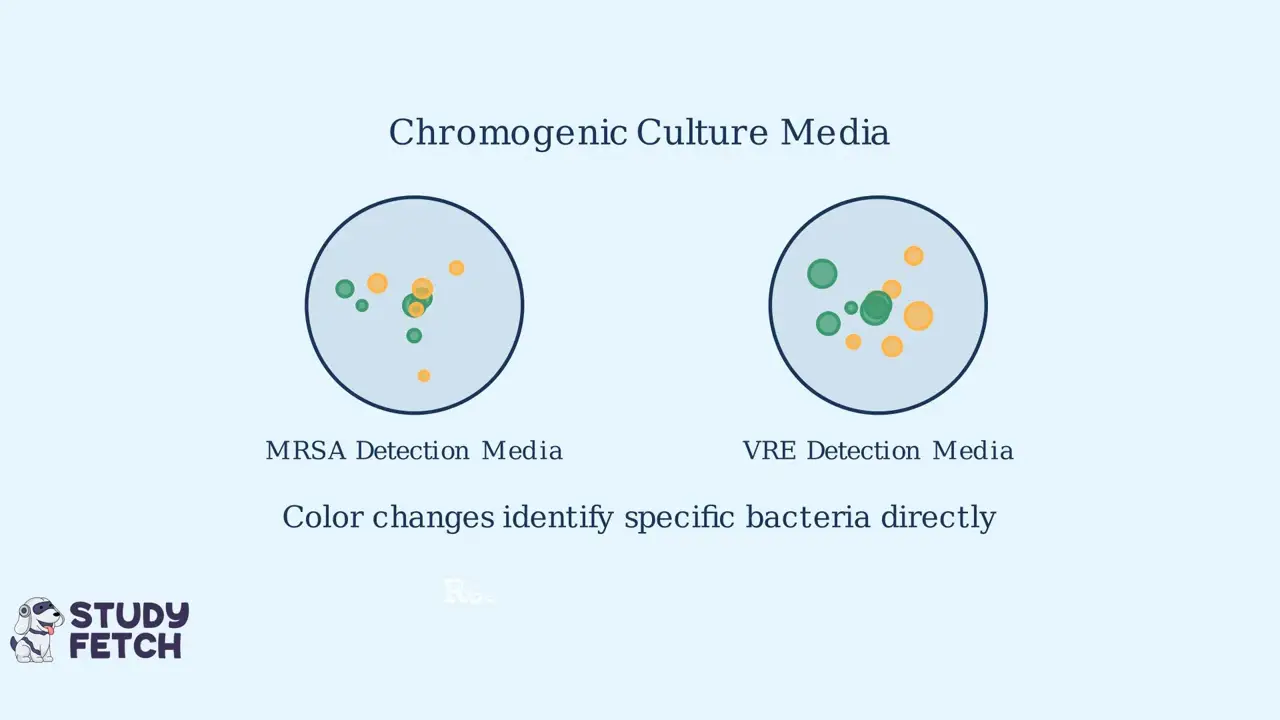
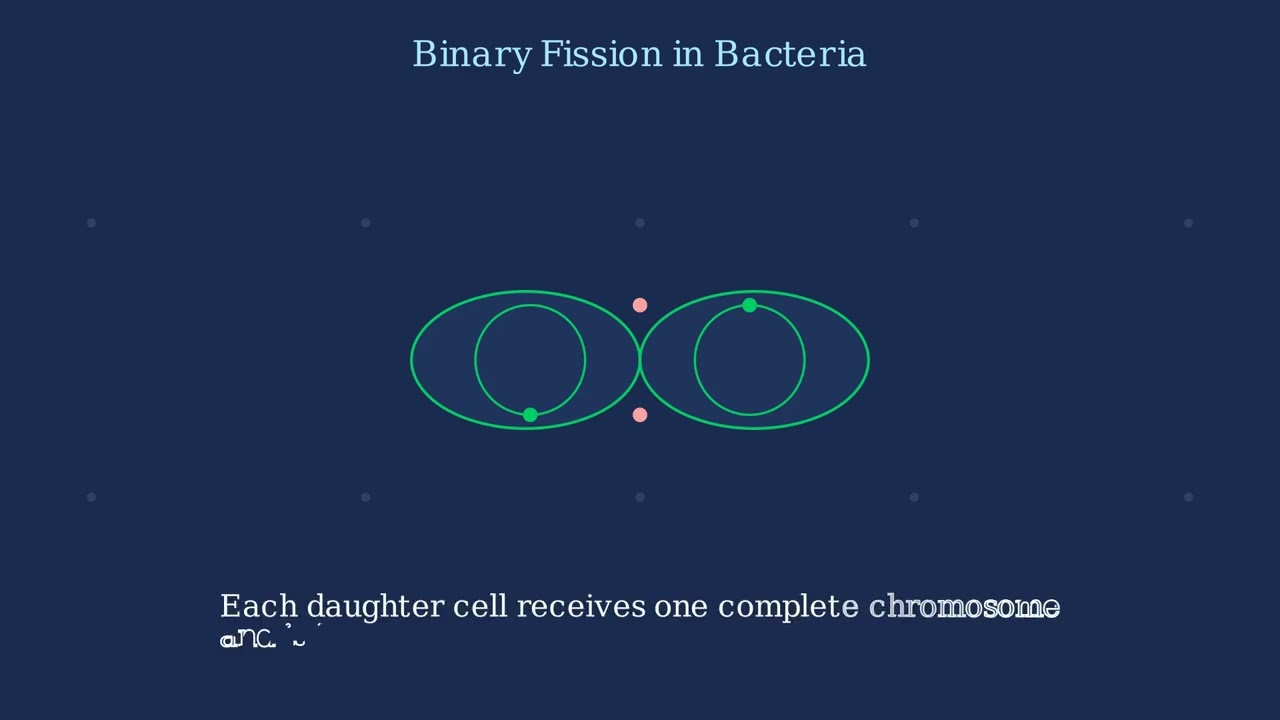

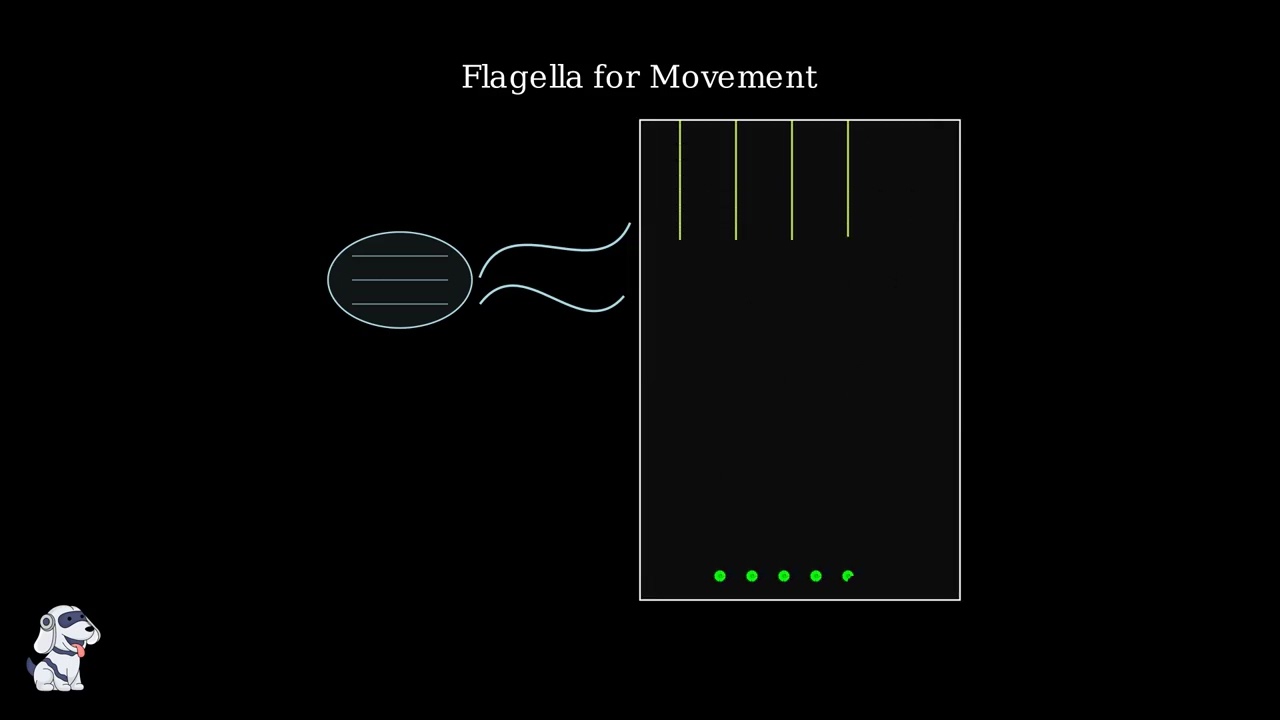

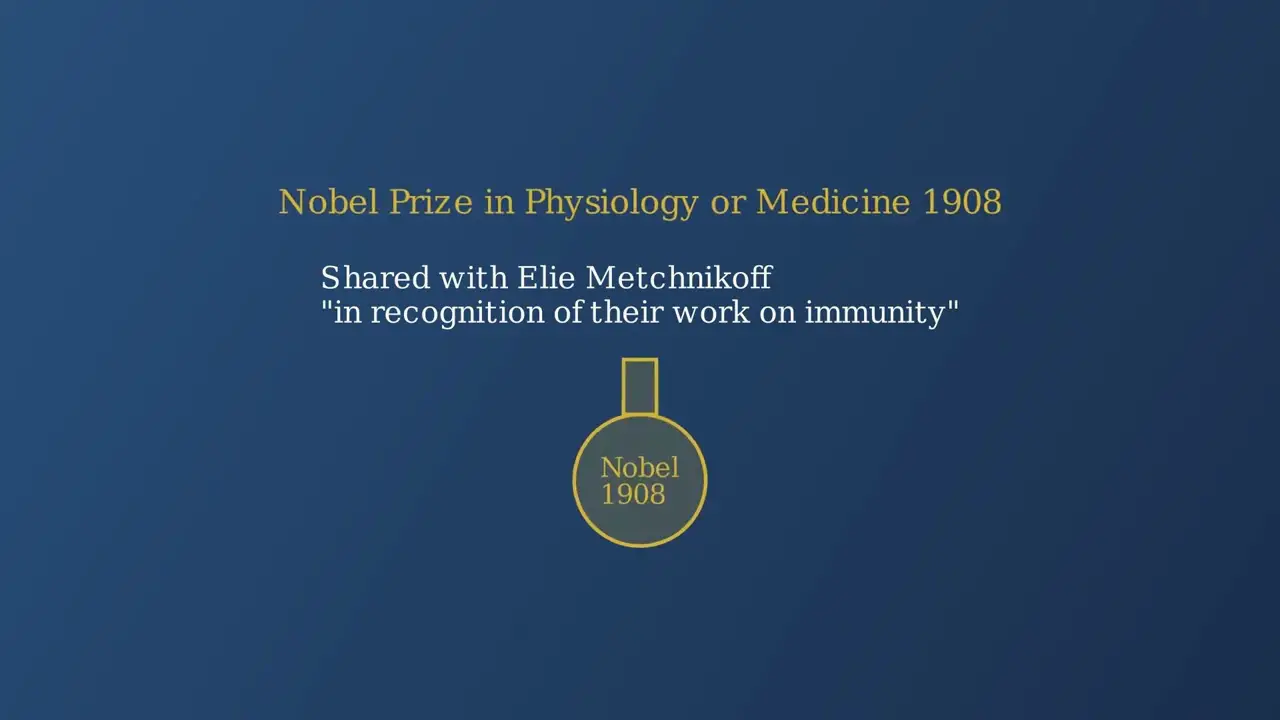
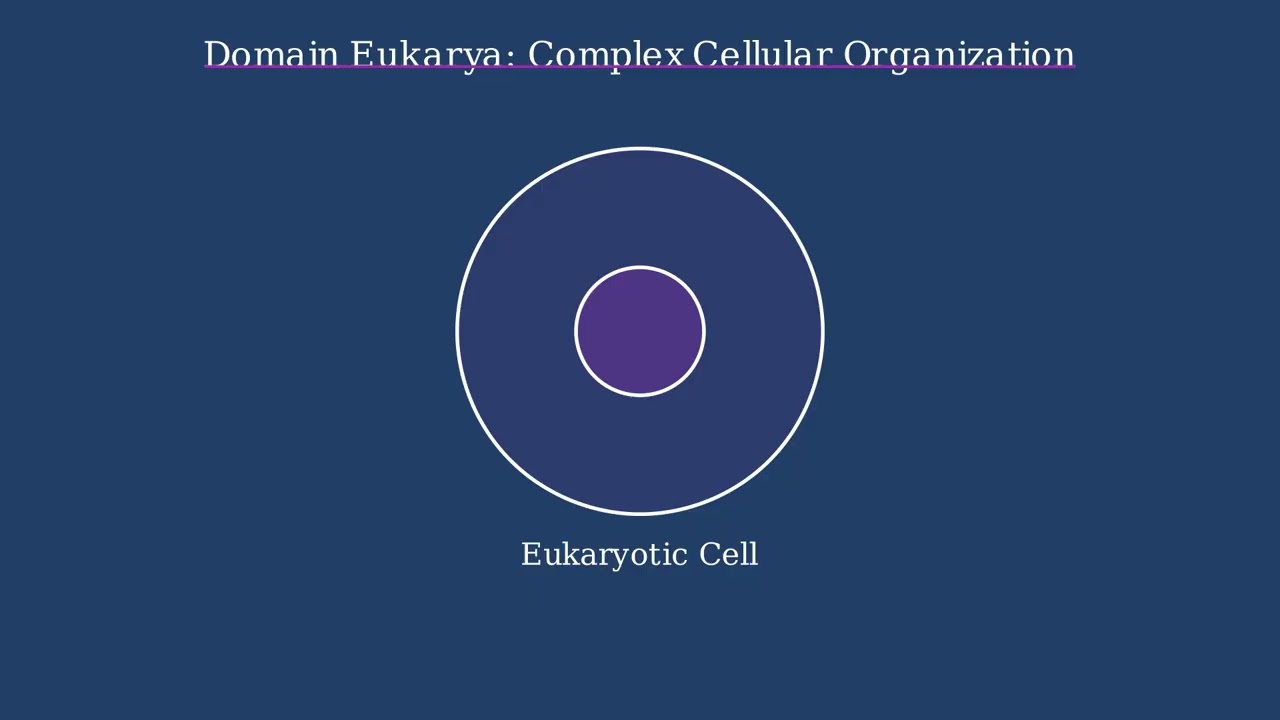
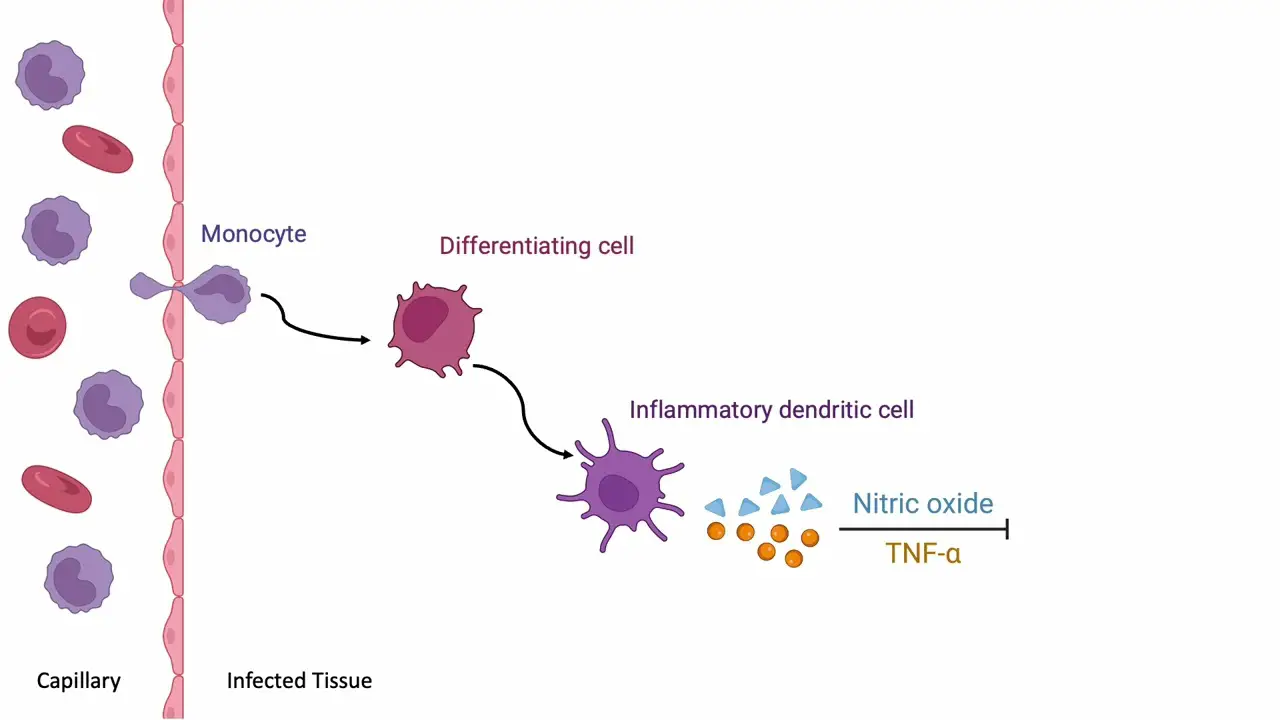
- Text Highlighting: Select any text in the post content to highlight it
- Text Annotation: Select text and add comments with annotations
- Comment Management: Edit or delete your own comments
- Highlight Management: Remove your own highlights
How to use: Simply select any text in the post content above, and you'll see annotation options. Login here or create an account to get started.